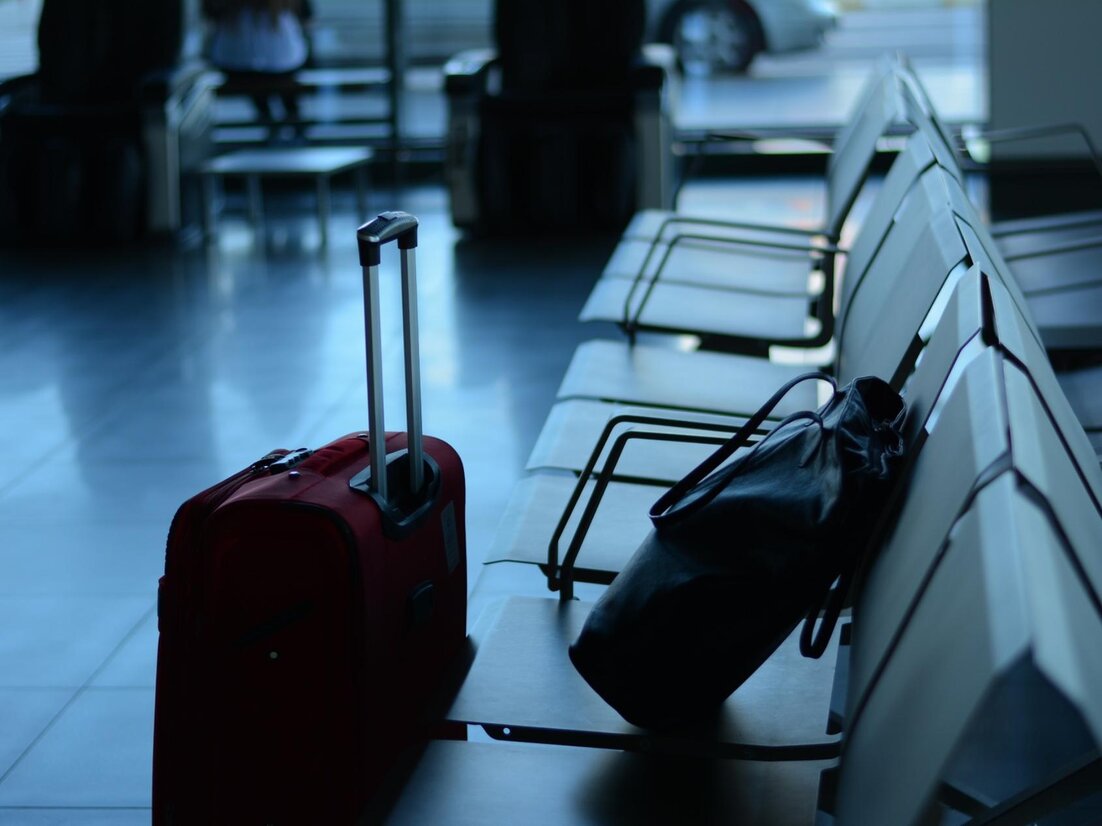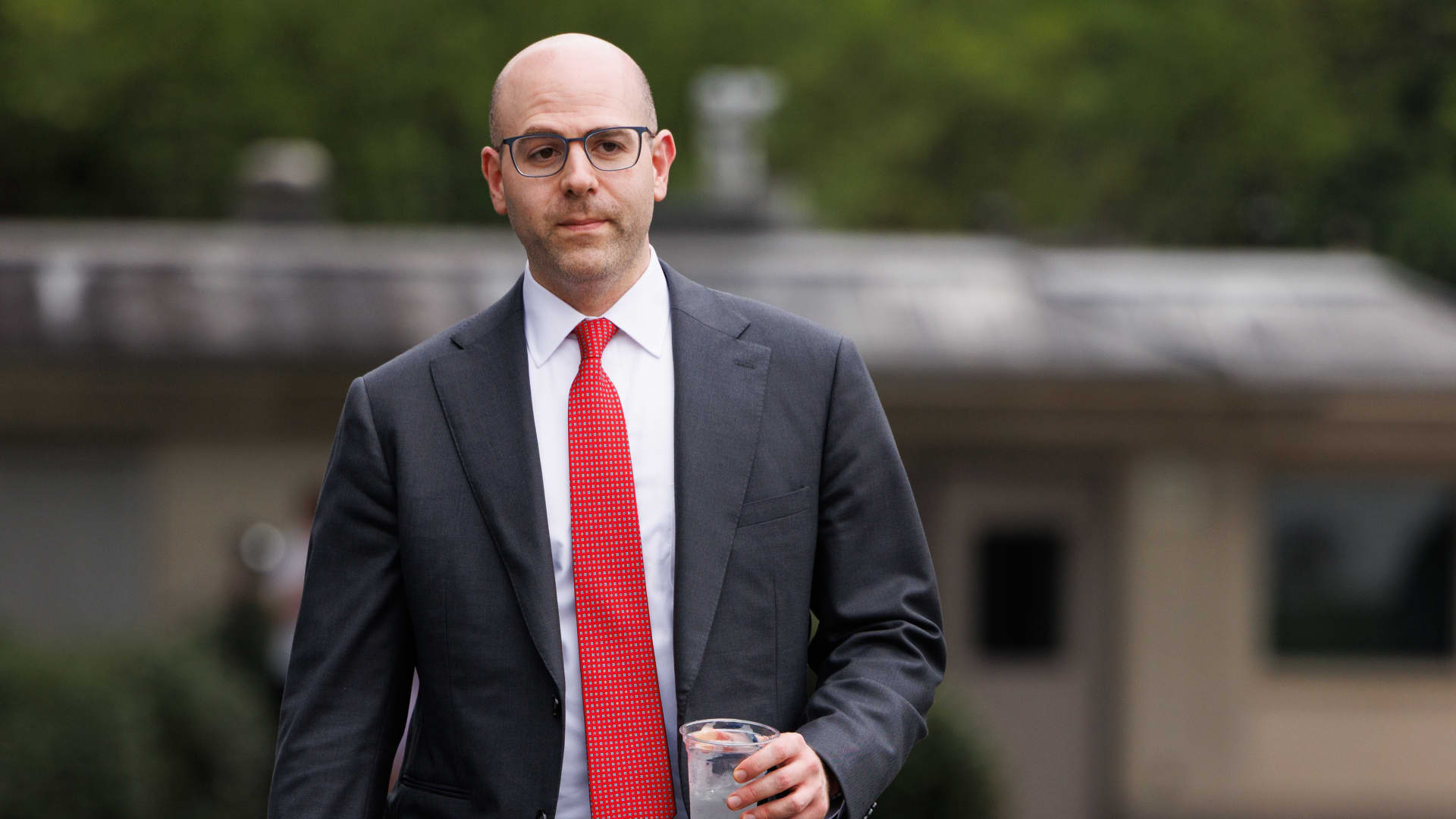By Aiman Nakispekova,Fatima Kemelova
Copyright astanatimes

ASTANA – Cities in Kazakhstan are expanding at record speed, reshaping the nation’s economy and society, but straining infrastructure and deepening the divide between booming megacities and shrinking small towns.
In his state-of-the-nation address, President Kassym-Jomart Tokayev warned that the absence of a centralized system to track migration is complicating labor market regulation and social infrastructure. He instructed the government to create a unified digital platform to monitor both domestic and foreign migration.
“Uncontrolled internal and external migration creates a huge burden on the infrastructure of our largest cities, which are points of attraction for citizens,” said Tokayev.
He cited Astana as an example, noting its population has grown by more than 250,000 in the past three years, including 100,000 newcomers in the past year alone. He warned that the capital’s infrastructure is serving nearly 400,000 more people than its official population of 1.5 million.
“We urgently need to conduct a detailed analysis of the causes of migration outflow from the regions to the capital, and make a decision aimed at creating alternative centers of social and economic attraction,” said Tokayev.
Numbers behind the shifts
According to the Bureau of National Statistics, as of July 1, Kazakhstan’s population was 20.4 million, an increase of 1.1% from the previous year, or 228,100 people.
Almaty remained the most populated region with 2.3 million residents, a 2.7% rise from the year before. The Turkistan Region followed with 2.2 million, a slight decrease of 0.03%, and Almaty Region had 1.6 million, up 2.1%.
This year, 63.3% of Kazakhstan’s population lived in cities, up from 62.4% a year earlier. The share was 59% in 2020, 57.4% in 2015 and 56.3% in 2010, showing steady growth.
The urban population decreased in only three of Kazakhstan’s 20 regions. The North Kazakhstan Region fell by 1.5% to 518,000 people, the Abai Region declined by 1.1% to 599,400, and the Zhetisu Region dropped by 0.8% to 691,100.
Meanwhile, the rural population fell in 15 regions. It rose only in the Atyrau (up 1.4% to 322,000 people) and Mangistau regions (up 0.9% to 435,500). The sharpest rural declines were recorded in the Abai Region, which fell 3.2% to 225,200 people, the North Kazakhstan Region, down 3% to 260,000, and the Karagandy Region, down 2.9% to 201,200.
Migration from rural areas is fueling city growth. Since the start of 2025, Astana’s population has risen 2.48%, Shymkent’s 1.44% and Almaty’s 1%. This redistribution underscores cities as centers of opportunity, while rural areas continue to lose people.
Over the past decade, the share of urban residents has increased by six percentage points to exceed 63%. By May 2025, the country had 12.8 million urban residents and 7.5 million rural residents. Experts had forecast 62.6% urbanization by the end of 2025, but actual figures show the shift is happening faster. By 2030, 64.2% of the population is expected to live in cities, rising to nearly 70% by 2050.
Migration patterns
Migration patterns vary. Many rural residents move to larger towns within their regions or to other areas. Migrants from small cities and regional centers often head to Astana and Almaty, which remain the main magnets for internal migration.
Astana’s rapid expansion has so far helped it avoid the congestion seen in Almaty, where population growth outpaces infrastructure development. Almaty’s center is particularly overloaded, while other districts remain underdeveloped. This imbalance worsens commuter flows and strains the transport system.
The pace of growth is so high that infrastructure often cannot keep up, leading to what experts call “aggressive urbanization.” The result is a less livable environment, heavier vehicle emissions, and pressure on public services.
People continue to move to cities in search of better education, healthcare, housing, jobs, and business opportunities. In the digital era, urban areas are also where technology and innovation are concentrated. Globally, cities remain engines of economic growth.
Urban planning challenges
Adil Nurmakov, head and co-founder of Urban Forum Kazakhstan, told The Astana Times that Astana and Almaty continue to dominate internal migration, investment, and economic activity.
“The rest of the cities are developing extensively, growing into rural districts and building up the outskirts. This has little to do with modern trends in urbanism. Expansion instead of creating a more compact, dense, diverse environment leads to a decline in social capital and business activity, traffic congestion, environmental problems, and excessive infrastructure costs,” he said.
According to Nurmakov, city administrations often rely on large-scale construction as the fastest way to demonstrate growth, usually on land at the urban fringe. Some regional centers are progressing, he noted, but the pace is inconsistent.
He pointed to green transport as one of the most realistic areas for improvement.
“Green transport is basically anything that is not a private car – public transport, bicycles, scooters, carsharing, and even taxis. In Almaty, the city is shifting to gas and electric buses, expanding the metro, and considering a tram revival. In Astana, construction of an overhead LRT is underway,” said Nurmakov.
“However, the real effect requires more than buying vehicles. If buses sit in the same traffic jams, or if there are not enough qualified drivers, the system doesn’t work. It is crucial to prioritize public transport on roads, create bike lanes that connect into a single network, and rethink planning so transport connectivity comes before massive development,” he said.
Despite these efforts, he acknowledged that the road to reducing car dependence will be long, particularly as government priorities still favor support for car manufacturing.
Rethinking existing infrastructure
Andrey Yelbayev, director at Multifora Urban Consulting, said the challenge is not just building more but rethinking existing infrastructure.
“Most of our cities were shaped in a car-oriented era, and now we need to retrofit that fabric into transit- and climate-ready places. This is complicated by air pollution from both heating and traffic, fragmented governance, and very tight maintenance budgets,” Yelbayev said in an interview with The Astana Times.
He noted that land use, mobility, and ecological infrastructure are still handled separately, which makes it difficult to create balanced growth.
“Housing grows faster than transit capacity, rivers are channelized instead of being cleaned and cooled, and parks are asked to carry too much of the climate burden alone,” he said.
For him, the real shift is about coordination: clear accountability, stable funding, and performance metrics for urban renewal.
Global lessons
Yelbayev said that Kazakhstan does not need to reinvent the wheel – many cities worldwide have faced similar issues, and their solutions can be adapted to local conditions.
“Vienna and Copenhagen are excellent examples of how compact, mixed-use neighborhoods combined with reliable transit and cycling networks can reduce car dependence and improve air quality,” he said.
For Almaty and Shymkent, with their hot, dry summers and risk of flash floods, he highlighted Seoul’s Cheonggyecheon stream restoration and Melbourne’s water-sensitive urban design.
“These projects combine flood control, cooling, and river restoration. They make cities more resilient and livable at the same time,” he added.
Northern cities in Kazakhstan, he noted, could draw lessons from Edmonton and Calgary.
“The Canadian ‘winter-city’ playbooks are especially relevant – things like wind breaks, sun-oriented streets, and designing four-season public spaces so cities are vibrant even in cold conditions,” said Yelbayev.
Other examples include Santiago de Chile’s strategies for seismic design and valley air quality management, and European eco-districts such as Freiburg’s Vauban or Stockholm’s Hammarby.
“They show how district energy and low-carbon neighborhoods can work. This is very transferable to Kazakhstan, where we already have a district-heating legacy,” said Yelbayev.
Where to start?
At the policy level, Yelbayev believes the priorities are clear, even if implementation is difficult.
“Every city is different, but if I had to name four starting points, they would be these,” he explained.
The first, he said, is to put people first on the streets by reforming traffic and parking. Slowing cars, adding safer crossings, and managing parking can immediately reduce congestion and make streets livable again.
Astana has begun testing this approach with its GreenLine project, a pedestrian promenade stretching from Tole Bi Street to Aitmatov Street. The car-free corridor features shaded alleys, outdoor furniture, and recreation areas. Work is underway to plant trees, upgrade pavement, and install new utilities.
Second, he pointed to transit-oriented development pilots. Instead of attempting to redesign an entire city at once, he suggested focusing on areas around existing or planned transit stations. Delivering compact mixed uses and high-quality public space in these areas, he noted, can demonstrate success and build momentum for broader change.
Yelbayev also emphasized the adoption of “sponge city” measures. Greening river corridors, introducing permeable street surfaces, and planting shade trees not only protect against floods, heat, and dust but also create more attractive and resilient urban environments.
Astana plans to plant one million trees and shrubs this year, with most already in the ground along streets, parks, and LRT lines. The city is also renovating 180 public spaces and deploying digital tools, such as tree passports, QR codes, and humidity sensors, to monitor plant health in real-time.
Yelbayev highlighted the renewal of Soviet-era industrial brownfields as one of Kazakhstan’s most outstanding untapped opportunities.
“We’re sitting on huge sites inside our cities – old factories and plants. If we remediate and redevelop them into mixed-use districts with jobs, housing, and parks, they can become engines of urban transformation,” he said.
Policy push for balance
Despite urban migration, rural Kazakhstan remains home to millions. According to the Bureau of National Statistics, the country has 90 cities, 29 settlements, more than 2,000 rural districts, and over 6,000 villages.
The government is working to support rural areas through housing, infrastructure, jobs and investment. In August, it approved the concept of regional development until 2030, which aims to reduce regional imbalances, modernize infrastructure, and improve living standards.
“The plan introduces national standards for roads, schools, hospitals, water and power. Regions falling short of these standards will receive greater funding under the Fair Kazakhstan course, which seeks equal living conditions across the country,” said Deputy Prime Minister Kanat Bozumbayev during an Aug.7 press briefing.
Some villages are also finding creative ways to stem outmigration. In 2025, the village of Nagi Ilyasov in the Kyzylorda Region was named among Kazakhstan’s best tourism villages after major upgrades. Over the past decade, it has planted half a million flowers, built modern infrastructure, and installed a miniature replica of London’s Big Ben.
Other examples include Kurmansai in the Aktobe Region, where the local akim (governor) encouraged families to relocate to fill empty houses and keep the school open.
In the Kostanai Region, Amangeldy village is building a tourist hub featuring miniature replicas of world landmarks. Work began in 2020 but was delayed by the pandemic. Plans call for 12 sites on seven hectares along the highway, including unique attractions such as Memorial Walls and the Desht-i-Kipchak Museum, shaped like a steppe tulip. The memorial will contain capsules of soil from the burial sites of prominent Kazakhs.



